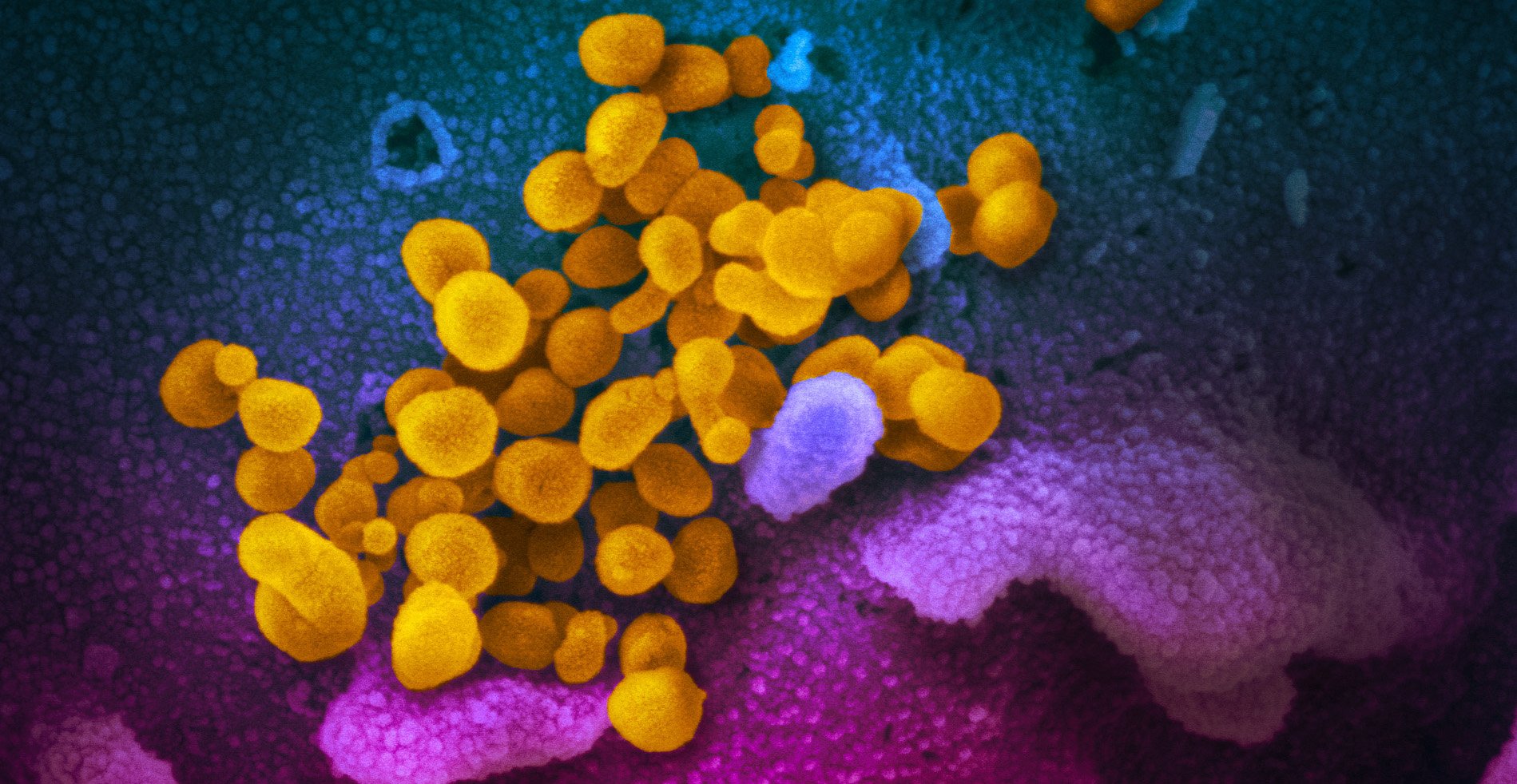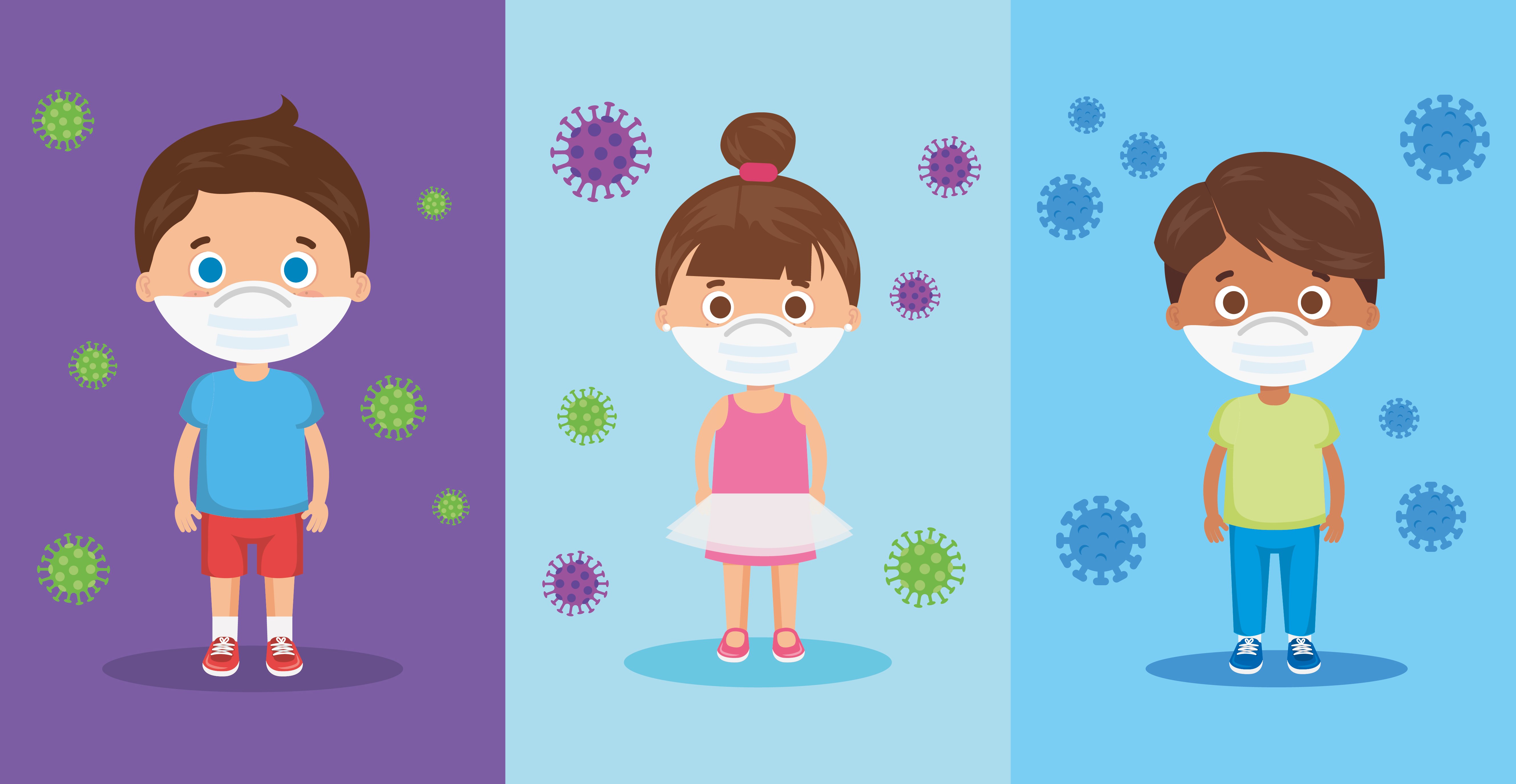What are coronaviruses?

Coronaviruses are a large family of RNA viruses that can cause disease in both humans and animals. They often circulate among camels, cats, and bats, and can sometimes evolve and infect people. In animals, coronaviruses can cause diarrhea in cows and pigs, and upper respiratory disease in chickens. In humans, the viruses can cause mild to severe respiratory infections, and can lead to serious illnesses, like pneumonia. Coronaviruses are named for the crown-like spikes on their surface. Human coronaviruses were first identified in the mid-1960s.
Coronavirus disease 2019 (COVID-19) is a viral respiratory illness caused by a new coronavirus, named SARS-CoV-2. COVID-19 was first reported in Wuhan, Hubei Province, China in November 2019. Over the next few months, the illness spread to nearly every country. COVID-19 was declared a pandemic by the WHO on March 11, 2020.
Nucleus Medical Media created this animation to visualize what happens if you get coronavirus.

Learn more about what the RTI is doing to develop therapeutics for COVID-19.

Scientific American takes a look inside the coronavirus. Special coverage and graphics of what scientists know about the inner workings of the pathogen that has infected the world.

Infographics, a coloring book, and other resources to explain COVID-19 and the mRNA vaccines to children.